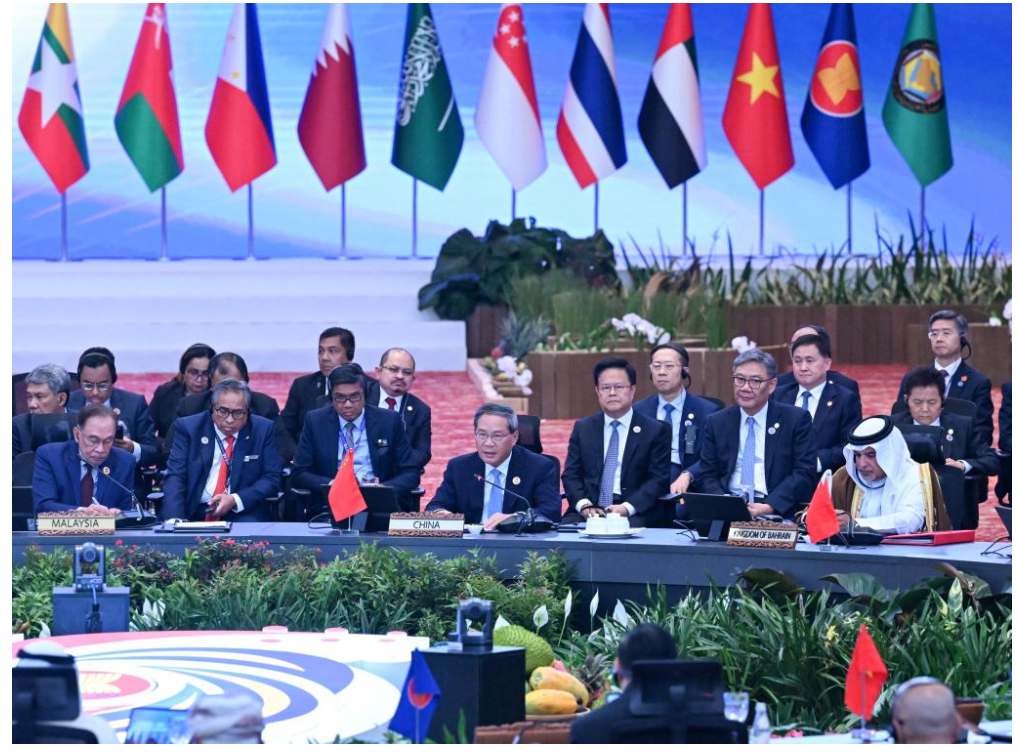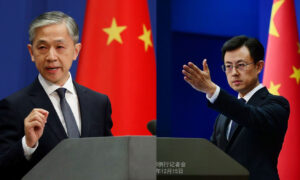Amid growing trade tensions and rise in protectionist policies on the international landscape, the inaugural ASEAN-GCC-China Summit, hosted under Malaysia’s ASEAN chairmanship for 2025, has drawn significant international attention. This gathering marks yet another step forward in Global South cooperation, with implications for both regional development and global growth.
Foundations for Partnership
The three parties share deep historical and economic ties. Centuries ago, the Silk Road facilitated cultural and commercial exchanges among their peoples. Today, China remains a pivotal trade partner for both ASEAN and the GCC. Recent advancements, such as the full conclusion of China-ASEAN Free Trade Area 3.0 negotiations, underscore ongoing efforts to deepen economic integration. These longstanding relationships, nurtured through bilateral and multilateral frameworks, provide a robust foundation for expanded cooperation.
Shared Vision for Inclusive Growth
As advocates for open markets, the three parties reaffirmed their commitment to multilateralism during the summit. The event highlighted a shift in Global South nations from passive participants to proactive contributors in shaping international economic frameworks. Discussions underscored the importance of a rules-based global trading system, one that prioritizes equitable development over zero-sum competition. This vision aligns with broader calls for inclusive globalization that benefits all.
Complementary Strengths
Each region brings unique advantages to the table: ASEAN’s youthful demographics and natural resources, the GCC’s energy resources and financial capital, and China’s vast consumer market and manufacturing prowess. By leveraging these complementary strengths, the partners will benefit from reduced energy and resource costs, accelerated logistics, and more efficient financial services. These synergies will enhance all three parties’ competitiveness and resilience while enabling more secure and sustainable development, which are indispensable for navigating challenges in today’s volatile global markets and maintaining growth amidst trade uncertainties.
Synergy in Scale: 1+1+1>3
The trilateral cooperation has already registered positive progress. Chinese Premier Li Qiang announced at the Summit that China has decided to offer five-year multiple-entry visas to eligible applicants from Southeast Asian countries for business and other purposes, and to effectively give all GCC countries visa-free status. And with a regional business council in conception, the three parties have charted a united course for cooperation in areas including economic integration, connectivity, energy security and sustainability, digital transformation and innovation, food and agriculture, and people-to-people exchanges.
Collectively, ASEAN, China, and the GCC account for nearly a quarter of the world’s population and global GDP. Their collaboration signals a growing preference for cooperative and open regionalism in addressing shared challenges, such as trade disputes and supply chain disruptions. By improving infrastructure connectivity and streamlining trade, this partnership could foster synergies that multiply rather than simply add their individual strengths.
A Model for South-South Cooperation
Amid ongoing tariff and trade wars, the best way to navigate the current difficulties is to seek strength through unity. Through the practice of cross-regional cooperation, the three parties have demonstrated that the Global South can collectively counteract the adverse impact of unilateral tariffs by exploring new trade and investment opportunities, diversifying trade partners, and reducing reliance on traditional markets.
The three parties’ connected market, one of the world’s largest intra-regional markets, will also allow other countries to share more benefits, and inject much-needed certainty into the global economy. By pooling together the three important forces in the world, this innovative, inclusive and pragmatic model represents a shared commitment to the rules-based multilateral trading system with the WTO at its core, and marks a concrete step toward a peaceful, prosperous and equitable future.
A Powerful Boost to Globalization
In an era of interconnected economies and shared global challenges, globalization retains its transformative potential—but only if nations choose collaboration over isolation. As an innovative cooperation mechanism among Global South partners, the ASEAN-GCC-China Summit demonstrates how diverse regions can align interests to strengthen multilateral frameworks and advance equitable trade.
The Summit’s success sends a clear message: Solidarity doesn’t require uniformity. It thrives when nations bridge divergences through structured cooperation. By prioritizing dialogue and economic interdependence, countries can transform differences into opportunities while fostering shared progress. In an uncertain world, such collaboration isn’t just idealistic—it’s the cornerstone of collective resilience and a more equitable future.
Hui Fan,
The author is a Beijing-based observer of international affairs.




























